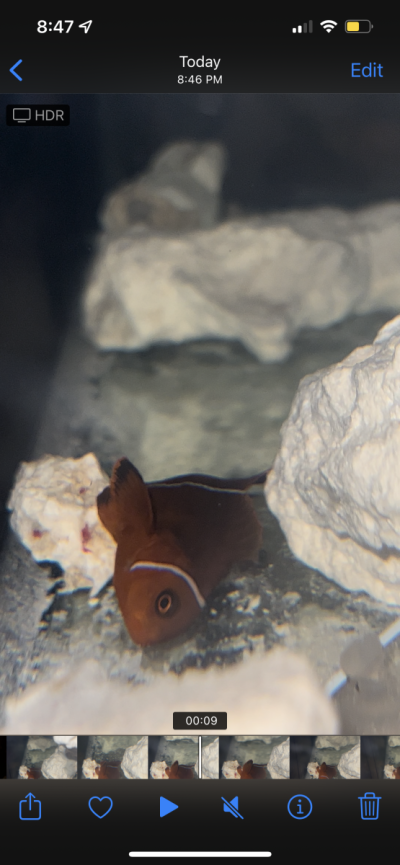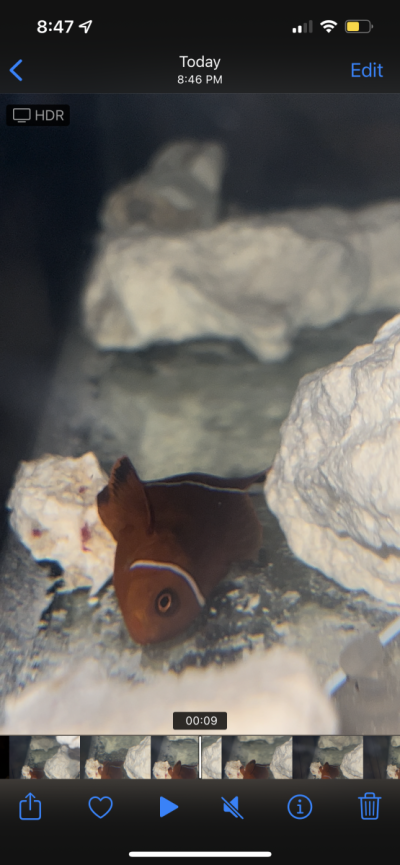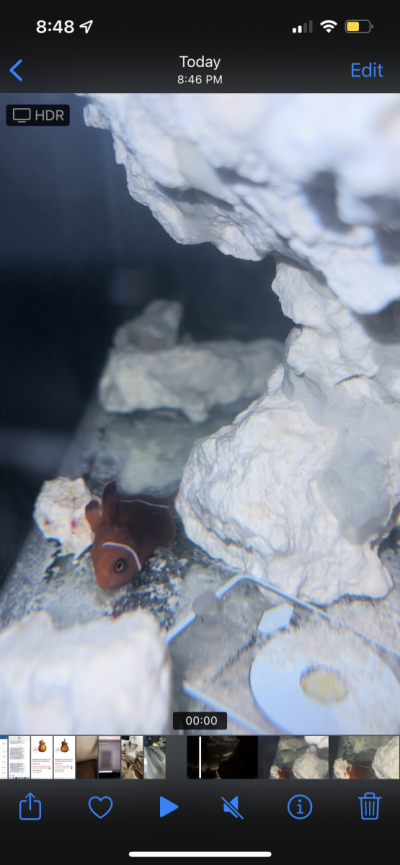Please help me
my maroon clown has white stringy poop
the Tank has been going down hill for a while and I’ve been trying to fix it but there’s a lot of issues. I have a brand new tank I’m trying to put him in. There’s nothing in it and I want him to go in there. I took him out of the ****** tank, he’s in a big glass bowl and I’m acclimating him for the NEW tank. Yes it’s cycled. He’s swimming on his side, sometimes not at all, sometimes upside down, just not normal. He was literally acting fine yesterday…
I just need to know - If I get internal parasite treatment like prazipro, focus, whatever else (not copper though) can I soak it in his food and do all the treatments in the NEW tank? The ONLY thing I will have in there is 1 hermit and 1 snail. No coral.
Fish stores are closed. Is there anything else I can do right now??? Besides get him in a fresh clean tank??
my maroon clown has white stringy poop
the Tank has been going down hill for a while and I’ve been trying to fix it but there’s a lot of issues. I have a brand new tank I’m trying to put him in. There’s nothing in it and I want him to go in there. I took him out of the ****** tank, he’s in a big glass bowl and I’m acclimating him for the NEW tank. Yes it’s cycled. He’s swimming on his side, sometimes not at all, sometimes upside down, just not normal. He was literally acting fine yesterday…
I just need to know - If I get internal parasite treatment like prazipro, focus, whatever else (not copper though) can I soak it in his food and do all the treatments in the NEW tank? The ONLY thing I will have in there is 1 hermit and 1 snail. No coral.
Fish stores are closed. Is there anything else I can do right now??? Besides get him in a fresh clean tank??


















